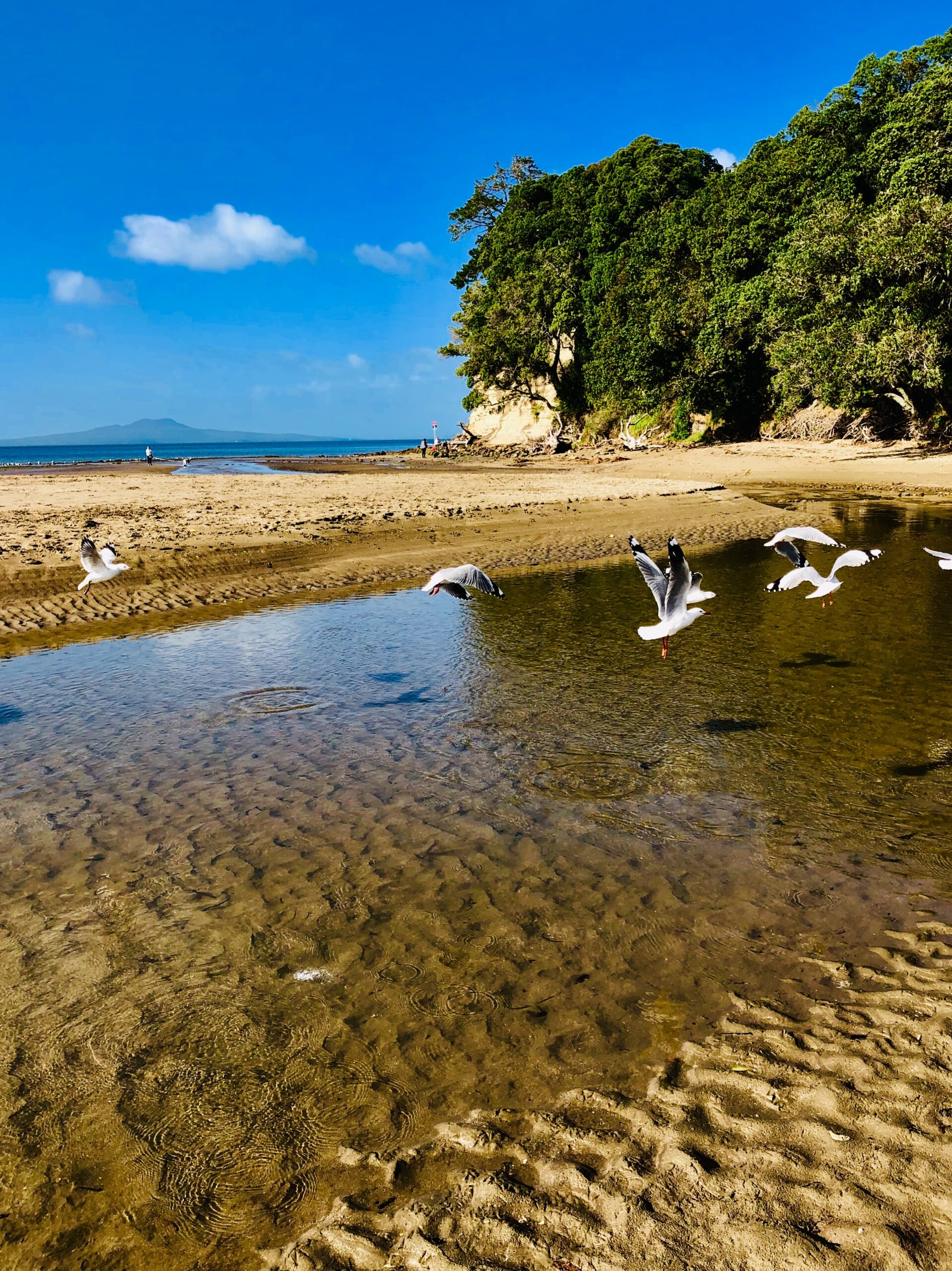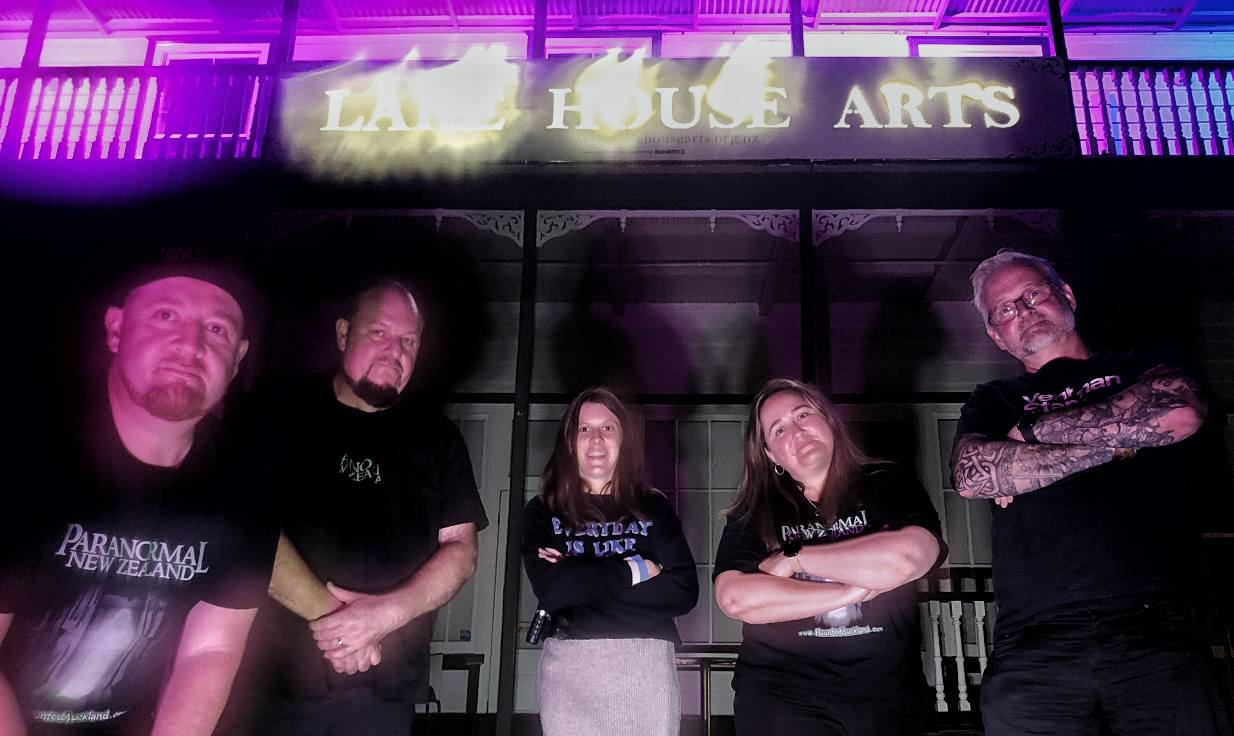2020/2021 has been, frankly, pretty rubbish. But at least it’s not 536AD. In research by Michael McCormack, an archaeologist and medieval historian at Harvard University, that year beats the likes of 1349 (when bubonic plague killed up to 200 million people), and 1918 (when influenza wiped out up to 100 million people) of probably the worst year to have been alive. The doorway to a truly miserable period.
Summer temperatures fell, ushering in the coldest decade for more than 2,000 years. Globally, crops failed, and people starved. Irish annals record “a failure of bread” for the following three years. Then, in 541, bubonic plague arrived at a Roman port in Egypt, the fall-out from which arguably hastened the fall of the Empire.
And there’s more
https://www.history.co.uk/
This era was grim, not because of bloody wars or ferocious diseases, but due to a number of extreme weather events that led to a widespread famine. Although there are many theories floating around as to why this famine occurred, some of the sturdiest evidence points towards a “volcanic winter,” where ash and dust were thrown into the air from an eruption of a volcano, thereby obscuring the Sun with a “mystery cloud.”
Nobody is completely certain which volcano was the culprit, although El Salvador’s Ilopango has long stood as a top contender. However, this new study hints that the eruption was in Iceland, as the ice cores in Europe contain volcanic glass that’s chemically similar to particles found across Europe and Greenland.
Whichever the volcano, its’ effects were widespread, sparking the “Late Antique Little Ice Age” and a chain of global crop failure and famine. Snow fell during the summer in China, and droughts hit Peru.
Meanwhile, Gaelic Irish annals talk of “a failure of bread in the year 536 [CE].” It seems there was scarcely a corner of Earth left unscathed. Procopius, a Byzantine historian living in the Middle East at the time, also wrote of “dread” caused by a foggy eclipse of the Sun.
The mini ice age also brought up a load of social problems. Some researchers have even argued that the effects of the volcanic event in 536 CE were so profound, they brought down empires (or at least tipped them over the edge).
As noted in a 2016 study in Nature Geoscience, the century after the volcanic eruption saw the collapse of the Sasanian Empire, the decline of the Eastern Roman Empire, political upheavals in China, and many other instances of bloody social turmoil across Eurasia.
Three years ago polar ice cores from Greenland and Antarctica yielded a clue. When a volcano erupts, it spews sulphur, bismuth, and other substances high into the atmosphere, where they form an aerosol veil that reflects the sun’s light back into space, cooling the planet.
By matching the ice record of these chemical traces with tree ring records of climate, a team led by Michael Sigl, now of the University of Bern, found that nearly every unusually cold summer over the past 2500 years was preceded by a volcanic eruption.
A massive eruption – perhaps in North America, the team suggested – stood out in late 535 or early 536; another followed in 540. Sigl’s team concluded that the double blow explained the prolonged dark and cold.






